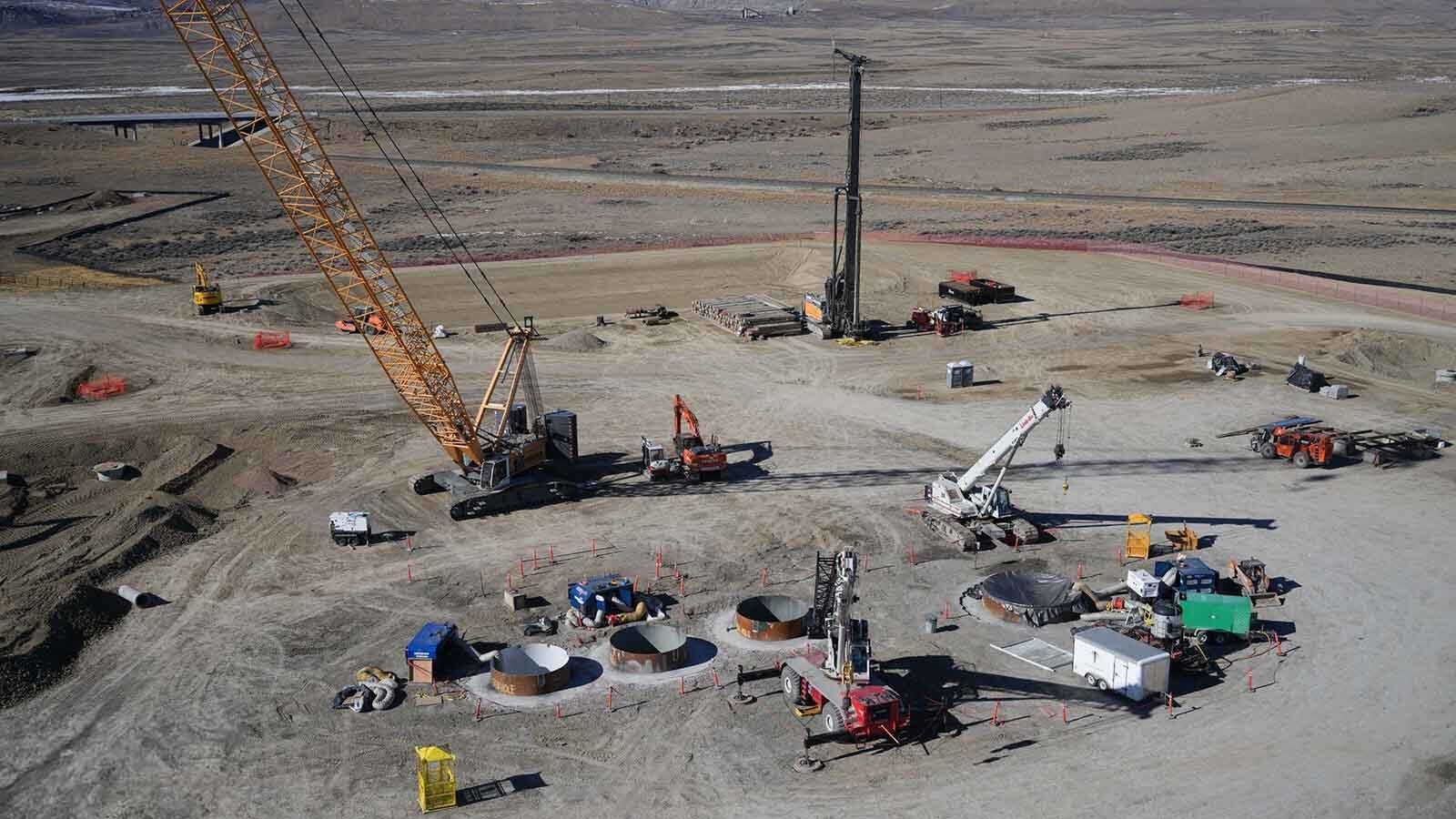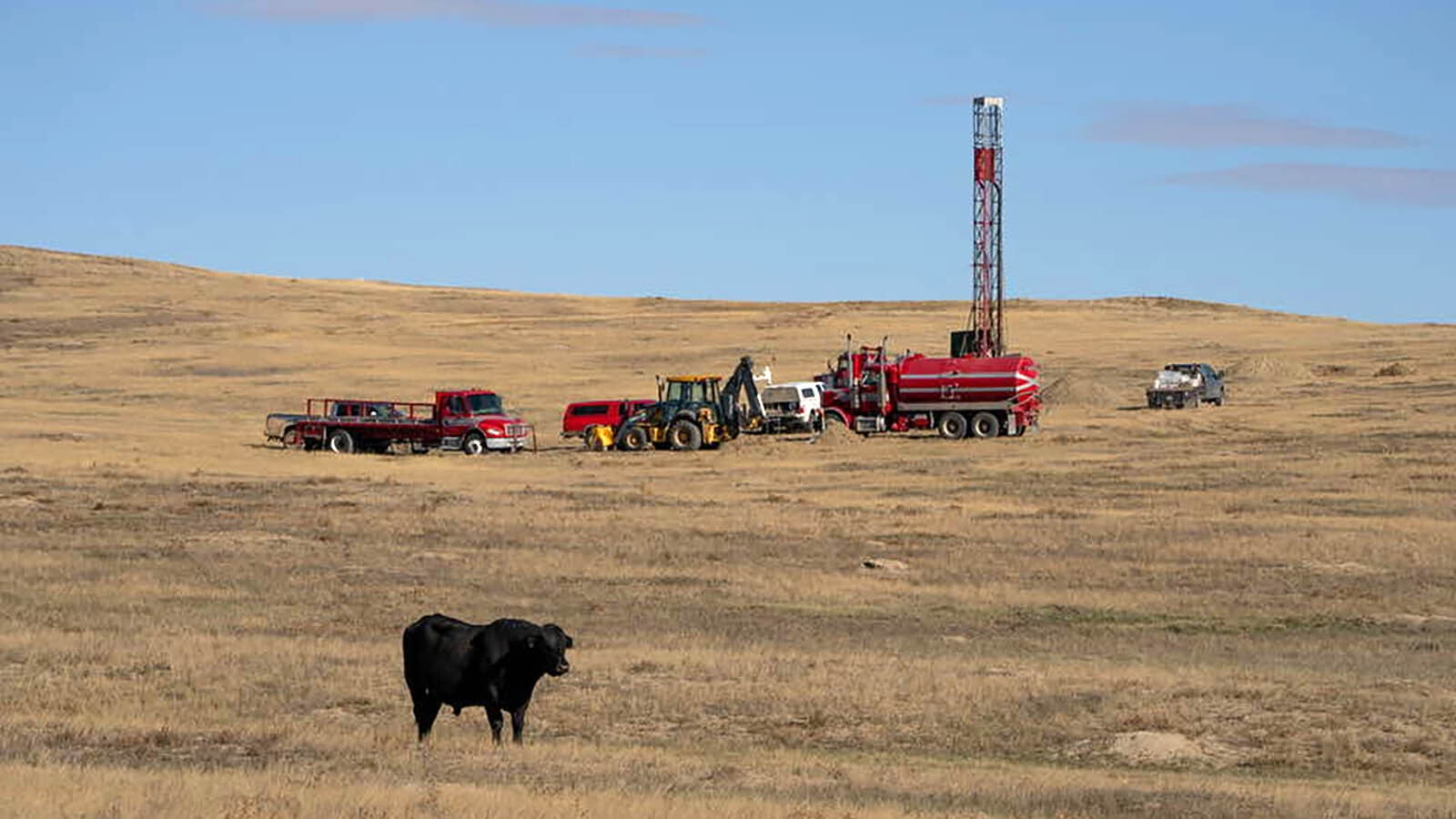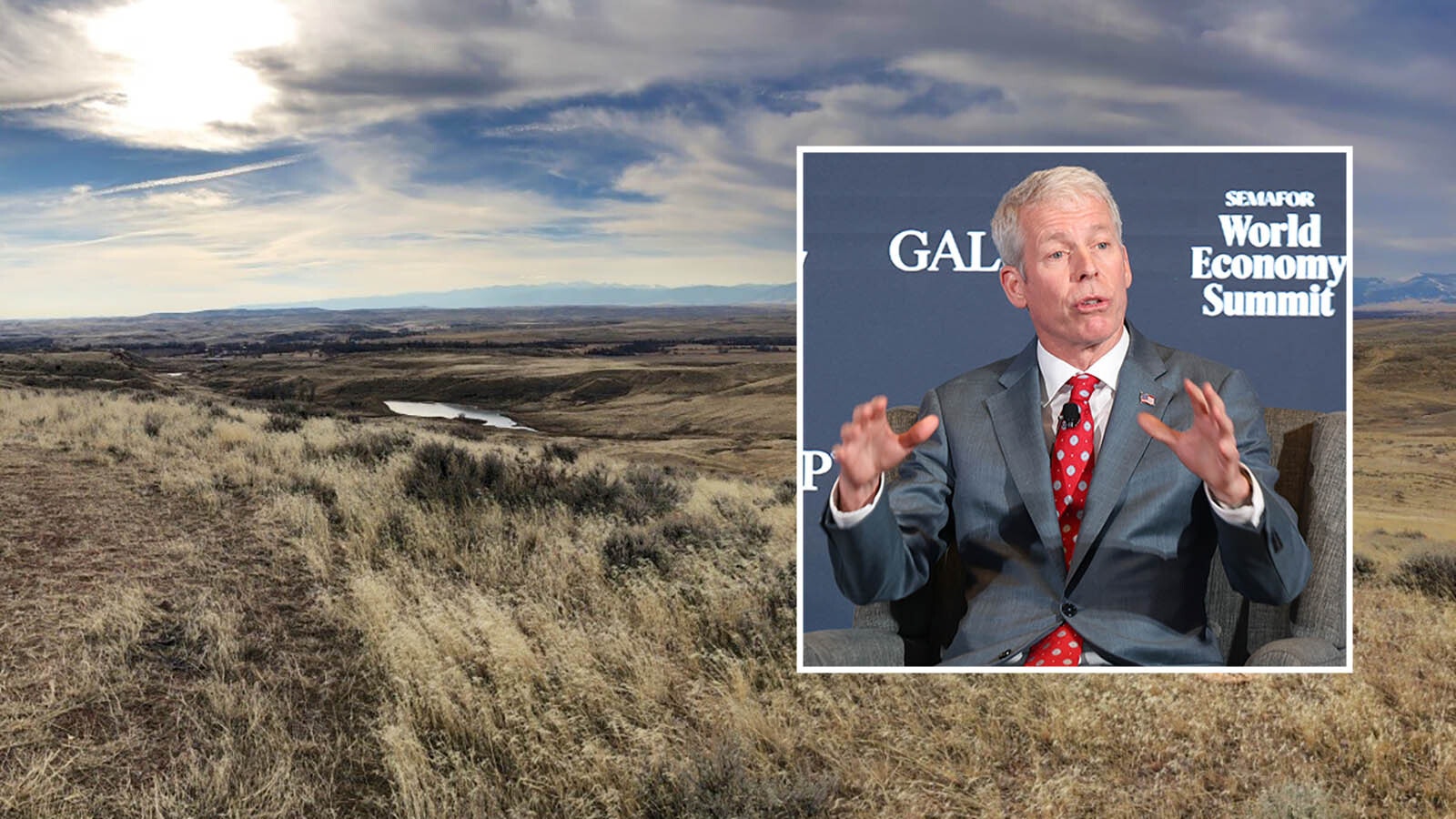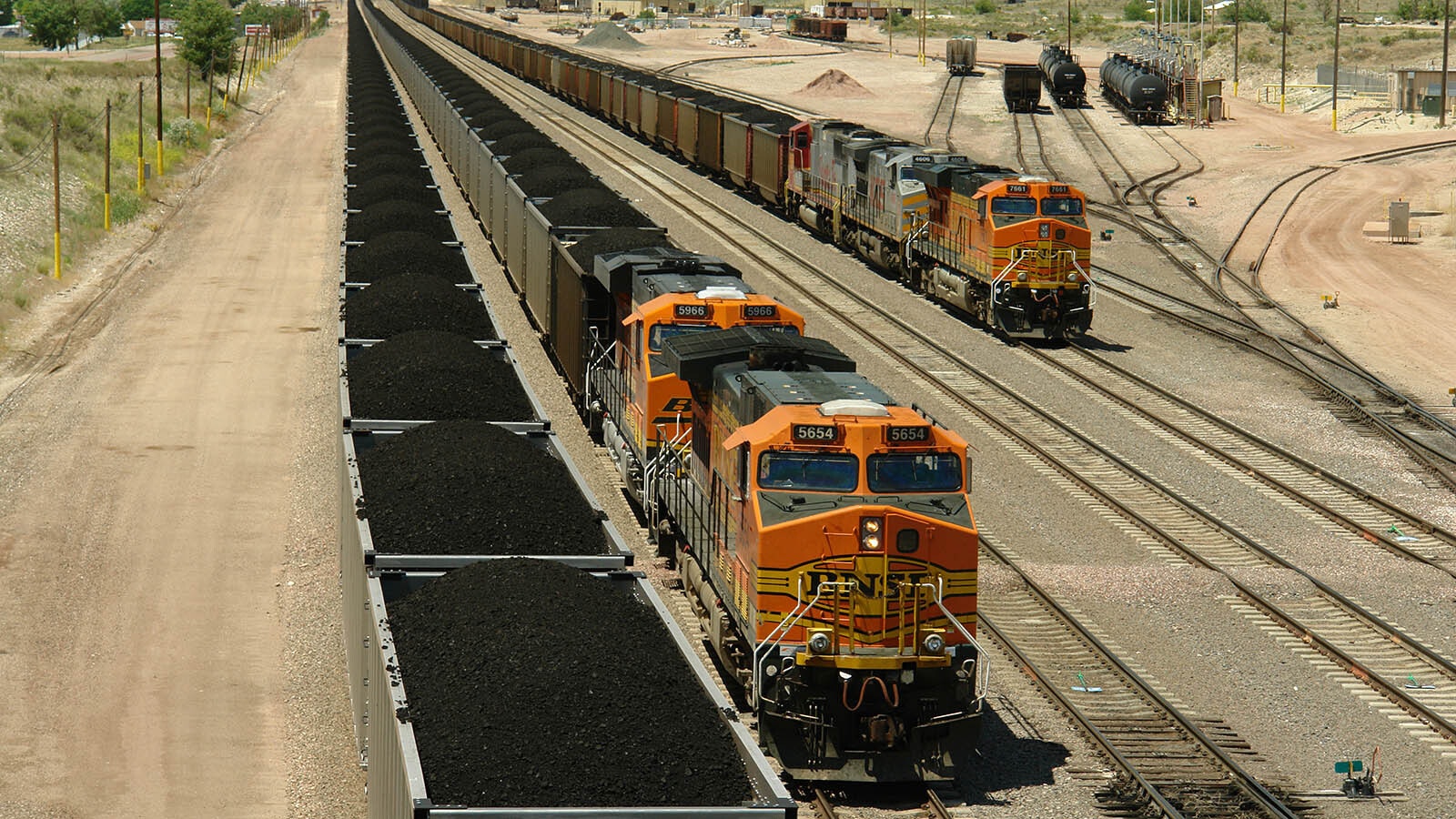You wouldn’t know that Chris Roberts’ roof is a home solar farm just by looking at it, but the black tiles that cover the top of his house near Cheyenne produce about 120% of the energy his home uses, not including the power to charge his Tesla Model Y car.
The first installed in Wyoming, Roberts’ Tesla Roof isn’t solar panels slapped over asphalt shingles. The roof tiles are photovoltaic cells, and all of them together produce on average 11.5 kilowatts when the sun is shining. That’s enough to power about 12 high-powered microwave ovens.
With his phone app, Chris can watch in real time how much power the house is using and how much power the roof is producing. He also can see rates of use and power over days, weeks and months, laid out in colorful charts and graphs.
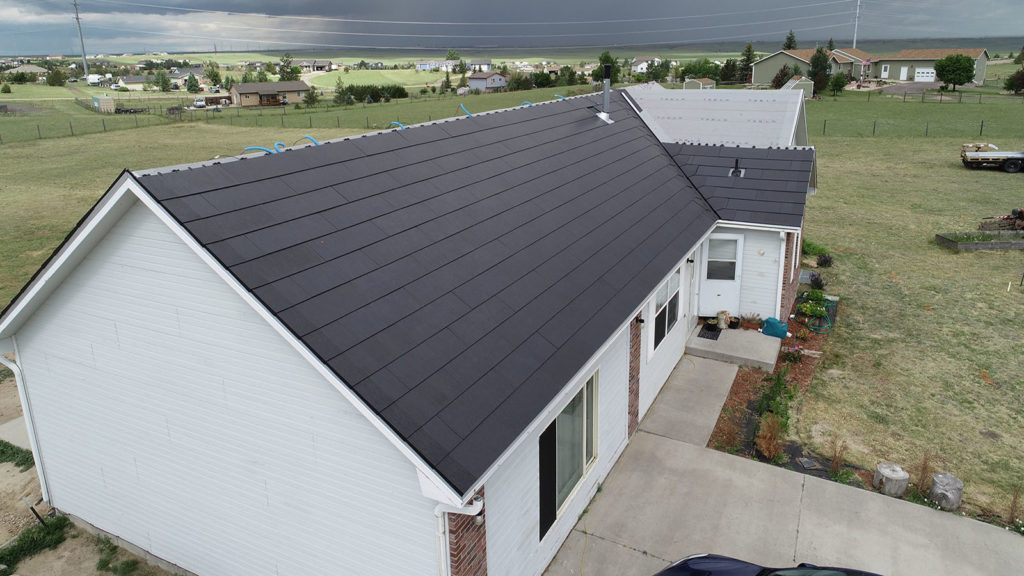
Saving Money and the Climate
A 2021 hailstorm that hit the Cheyenne area totaled Roberts’ asphalt-shingle roof.
Chris and his wife, Shayla, wanted to get solar power for their home, and rather than reconstruct an asphalt roof, they decided on the Tesla Roof technology. After tax incentives and other deals, the couple paid roughly $20,000. Over time, they’ll make that back in energy savings.
Chris said that while the cost savings is great, they also want to lower their reliance on Black Hills Energy’s grid for their power.
Shayla said she thinks it’s important to use emissions-free energy wherever possible so they can minimize their impact on the climate.
“It’s about being self-sufficient and more than anything, for me, it’s about providing a future for my kids and my grandkids,” Shayla said.
A year and a half after installing the roof, the Roberts say they’re happy with it.

‘They Don’t Crack or Break’
The Tesla Roof is rated for 1.5-inch hail and hurricane-force winds. They haven’t had any major hailstorms since getting the Tesla Roof, but they’ve had plenty of wind events, which have caused only minor damage during one particularly bad windstorm.
They used Colorado-based Weddle and Sons Inc., which was the nation’s first company certified to install Tesla Roofs. Chris said the company’s workers walked across the tiles without any kind of protection.
“They don’t crack or break,” he said.
On really sunny days, the roof can produce more than its 11.5-kilowatt rating. On Sunday, it produced 32 kilowatts at noon, according to Roberts’ phone app. Throughout the day, the home needed 15.6 kilowatt hours – a watt hour is one watt of power for one hour. So, a 100-watt light bulb burning for an hour uses 100 watt hours.
The Tesla roof produced 21.6 kilowatt hours in surplus electricity, which went back to the Black Hills Energy grid to be sold to other consumers. That provides the Roberts with credits for the power they supply.
No Range Anxiety
This is all in addition to the savings the couple realizes from driving their electric Tesla. In the past 31 days, according to the phone app, they’ve saved $250 in gas.
Chris’ commute to his IT job in Cheyenne is only about 15 minutes, but the couple takes a lot of road trips, especially to Colorado. Their Model Y has dual motors, and Shayla said it handles just fine in the snow. They also don’t notice if the performance of their Tesla battery diminishes in the cold.
Owners of EVs have a term for the fear of running out of power before reaching a charger. They call it “range anxiety.” In an EV, if you run out of charge, you have to have the car towed to a charging station.
Chris said he had some range anxiety his first month, but that it’s rarely come up since.
They’ve gone on road trips, including to Texas, with the car packed with people and baggage. They had no problems finding chargers. With the Tesla Station fast chargers they can power up in 5 to 30 minutes.
They went on one road trip to Kansas and did some driving in the backroads of Nebraska, and one time they made it to a quick charge station with 3% battery left.
His home charger, which is rated level 2 on a 1-3 scale, can charge the car up in four hours.
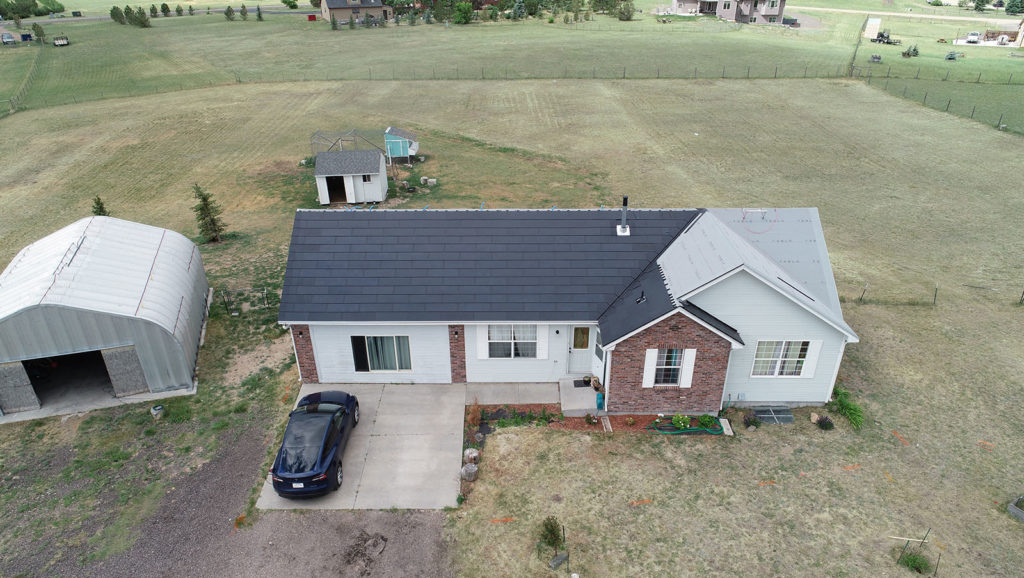
Access to Power
The Wyoming couple isn’t done building up their home renewable energy options. They hope to get a Tesla Powerwall next, which is a battery that can store excess power from their Tesla Roof. Chris also is going to install a wind turbine to tap into the energy from Wyoming’s famous winds.
The goal is to get to the point that no matter what happens with the grid, whether it’s accidents or weather outages, they’ll have access to power.


